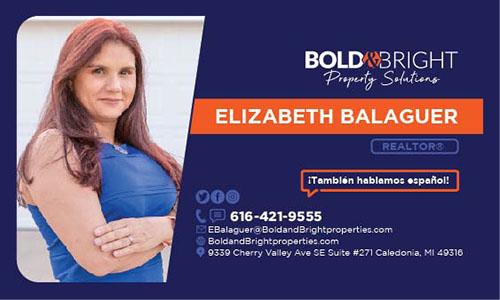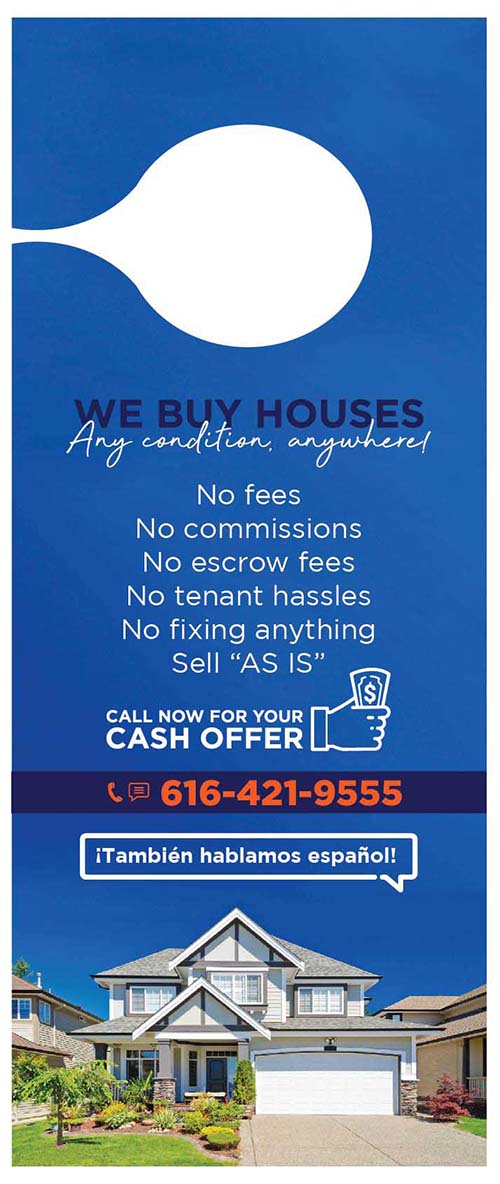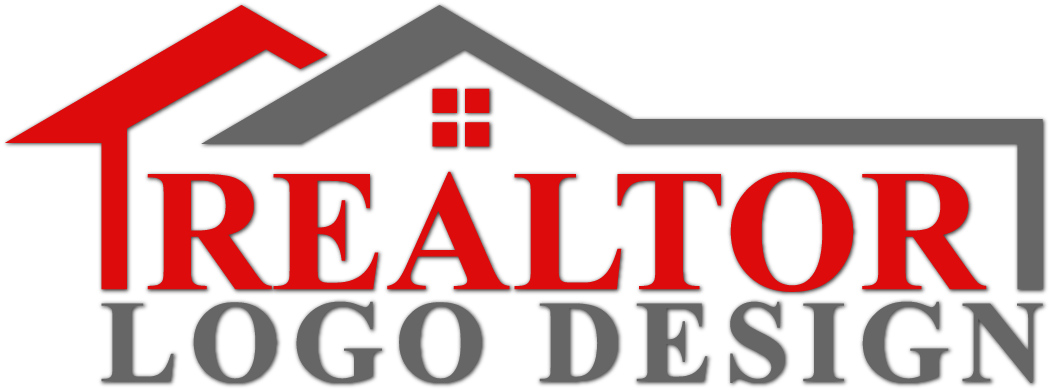Real estate, beyond being about properties, plots, and spaces, is essentially about trust, vision, and relationships. Just as an individual property is more than just bricks and mortar, a real estate brand is more than just a name and logo. Real estate branding is about crafting an identity, a story, and an emotion that customers resonate with. Let’s delve deeper into this realm.
1. What is Real Estate Branding?
At its core, real estate branding is about defining who you are as a business and how you want to be perceived by clients. It encapsulates everything from your visual elements, like logos and colors, to your values, voice, and overall narrative.
2. The Pillars of Effective Branding:
– Consistency: Whether it’s your business cards, website, or social media profiles, consistent branding helps reinforce memory and recognition. – Authenticity: Genuine branding connects better. Potential clients should feel your passion, reliability, and integrity through your brand. – Differentiation: In a saturated market, what sets you apart? Maybe it’s your unparalleled customer service, or perhaps your deep local insights.
3. Why is Branding Essential in Real Estate?
– Trust Building: Purchasing or renting property is a significant decision. A consistent and professional brand gives clients confidence in your capabilities. – Memorable Impressions: Amidst a sea of generic ads, a strong brand stands out, ensuring that clients think of you when considering real estate decisions. – Emotional Connections: Homes aren’t just structures; they’re emotions. A well-branded real estate business fosters an emotional connection, turning one-time clients into lifelong brand advocates.
4. Key Elements of Real Estate Branding:
– Logo Design: This visual representation of your brand should be clear, timeless, and evocative of your business values. – Color Palette: Colors can evoke emotions. Choose a palette that aligns with your brand message. – Website: A user-friendly, aesthetically pleasing website that showcases your listings and reinforces your brand’s voice. – Marketing Materials: From brochures to business cards, each material should be a testament to your brand’s ethos.
5. Crafting Your Brand Voice:
Your brand voice is the tone and style in which you communicate with your audience. Are you a luxury realtor focusing on exclusivity, or are you more community-focused, emphasizing local insights? Your voice should reflect this consistently across all platforms.
6. Digital Presence and Branding:
In today’s digital age, your online presence is often the first interaction potential clients have with your brand. From your social media posts to email campaigns, each touchpoint should be in line with your branding guidelines.
7. Feedback and Evolution:
Brands aren’t static. Regularly gather feedback from clients and adapt. As market dynamics change, so too should certain elements of your branding strategy, ensuring you remain relevant and relatable.








